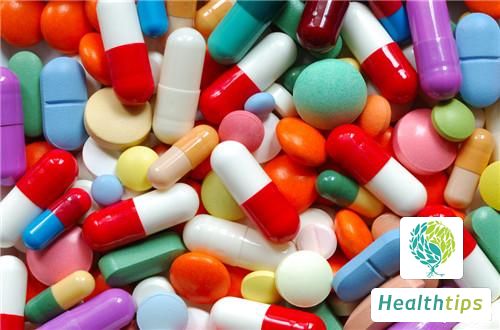Why Is My Stool Dark Green?
Whether the color and consistency of stool are normal can indicate to some extent whether a person's intestines are healthy. Of course, when there are some abnormalities in stool, it may also be related to diet. For example, when stool appears dark green, it is likely related to some foods that are not easy to digest, the most common being Chinese chives. If this situation occurs frequently, it should also be a cause for concern, as it often indicates the presence of some underlying disease.

1. Diet-related factors: In the diet, if a patient consumes foods with dark colors such as black or green, including vegetables, fruits, etc., it is common for the stool to appear dark green. Foods such as beef, waxberry, animal blood, and jam are common examples. These foods, besides containing rich natural pigments, are also rich in iron. When these foods enter the gastrointestinal tract, they combine with sulfides in the intestines to form iron sulfide, which is black, thus causing the patient to have dark stool.
2. Medication-related factors: If a patient is currently taking certain medications, including bismuth preparations for gastric disorders, traditional Chinese medicine, iron supplements for blood supplementation, etc., these can also cause the appearance of dark stool. Once the medication is stopped, the color of the stool will usually return to normal. However, if the stool remains dark green after stopping the medication, it may be necessary to consider whether it is caused by a disease.
3. Disease-related factors: If a patient is suffering from certain diseases, it can directly cause the stool to appear dark green. Diseases such as digestive system disorders, blood disorders, and systemic infectious diseases can all lead to bleeding in the stool, resulting in a dark green appearance. In such cases, prompt medical attention is required.



















